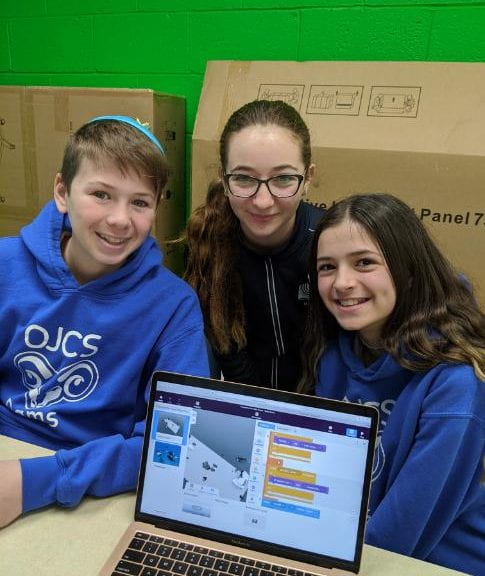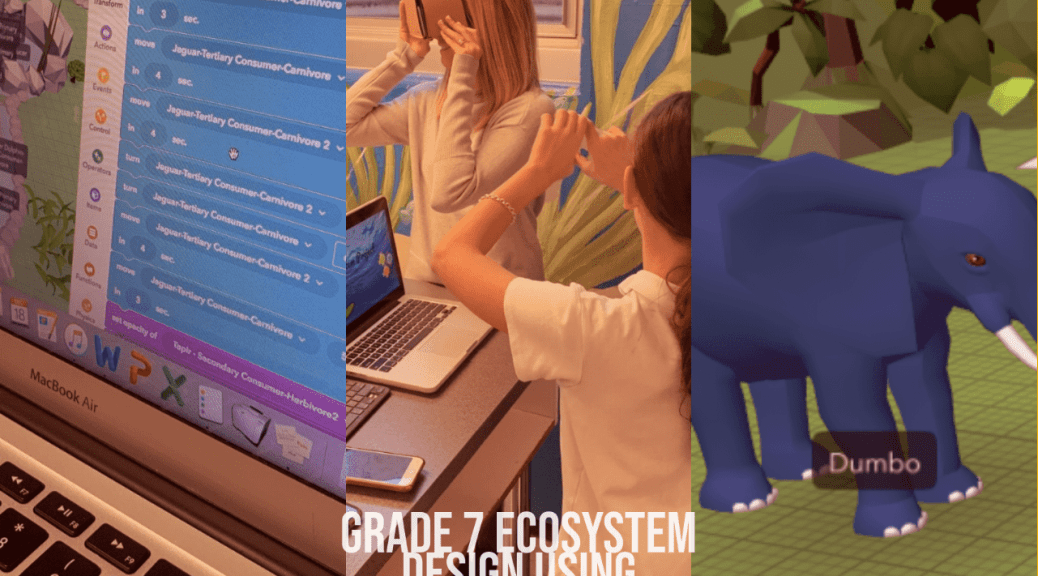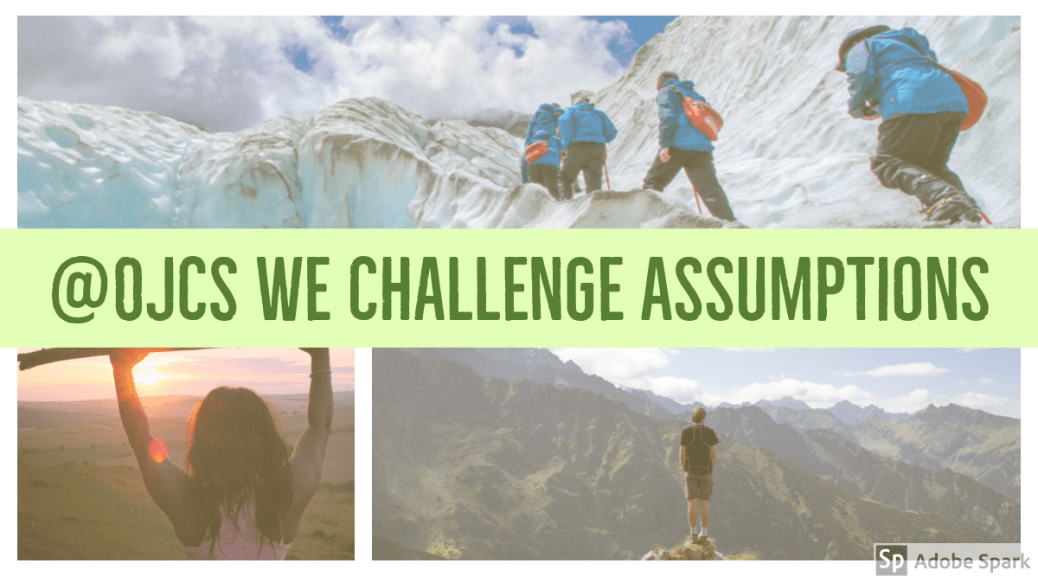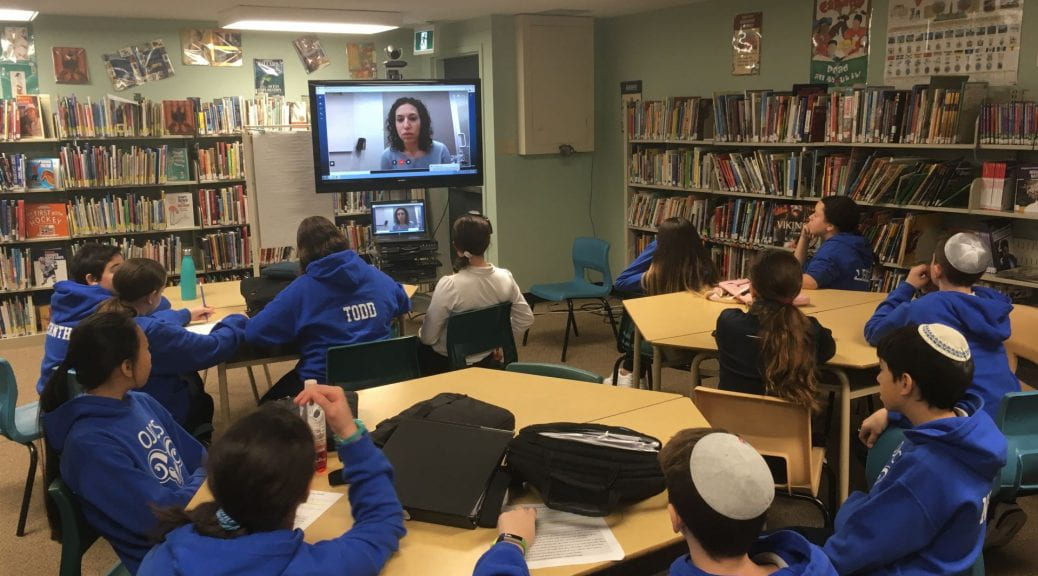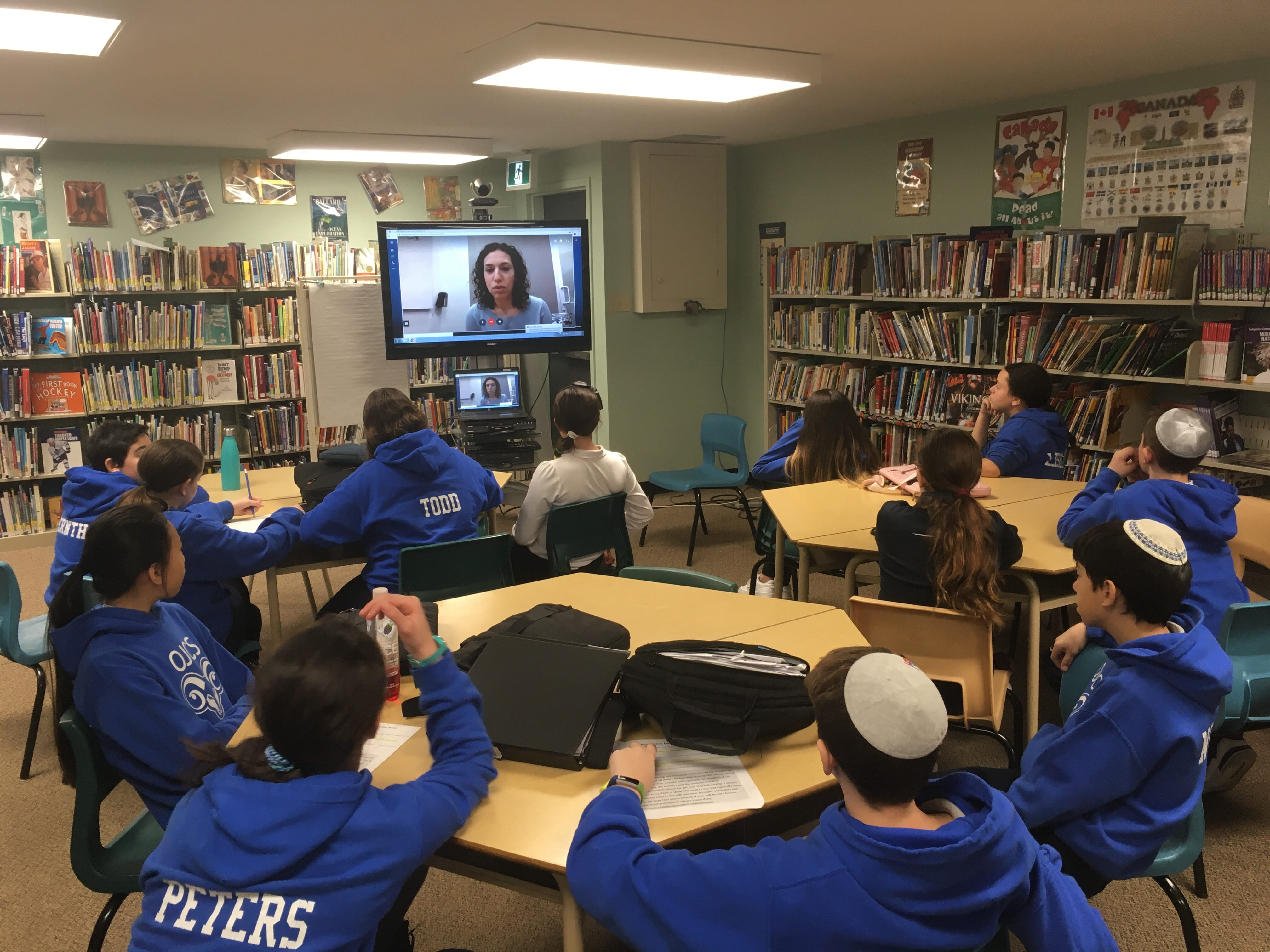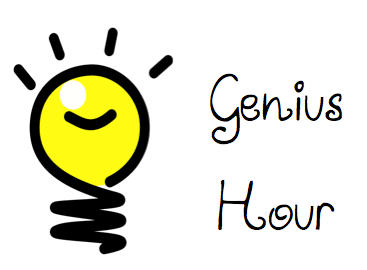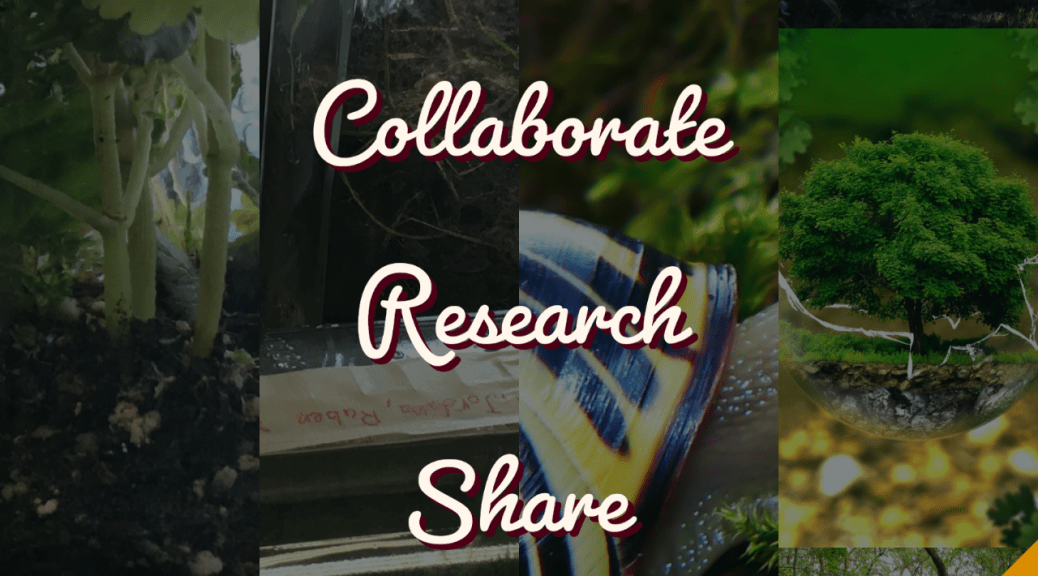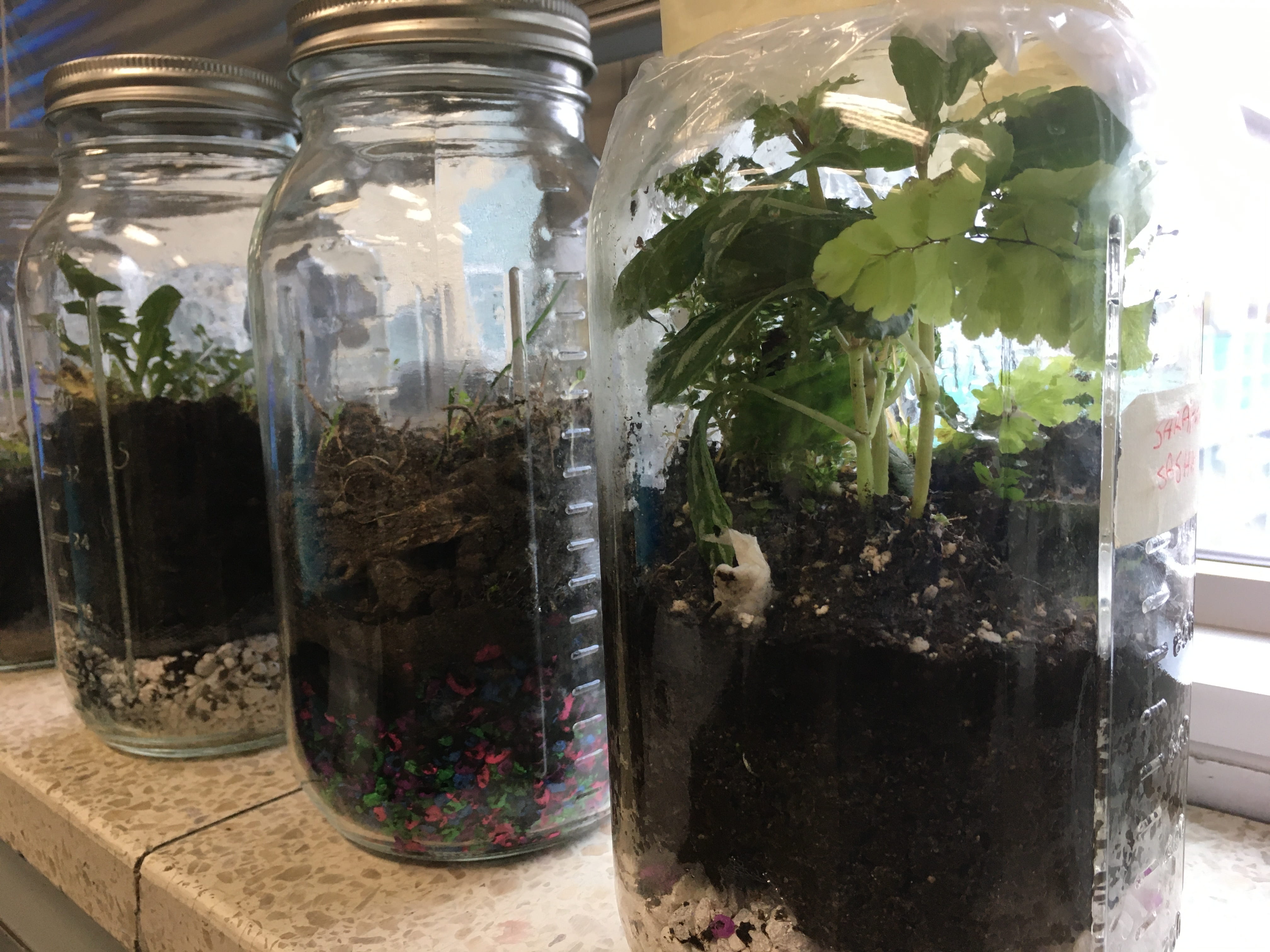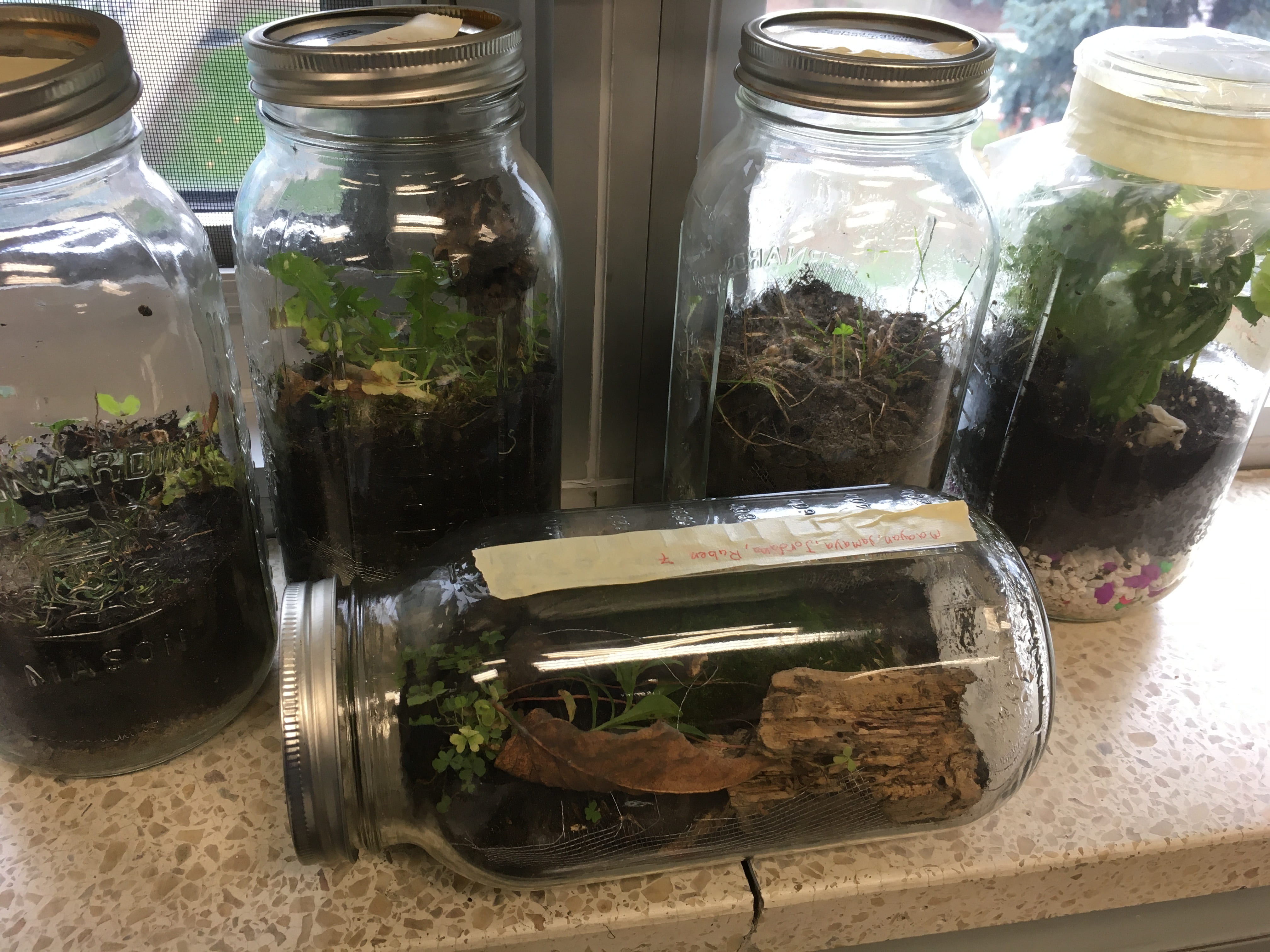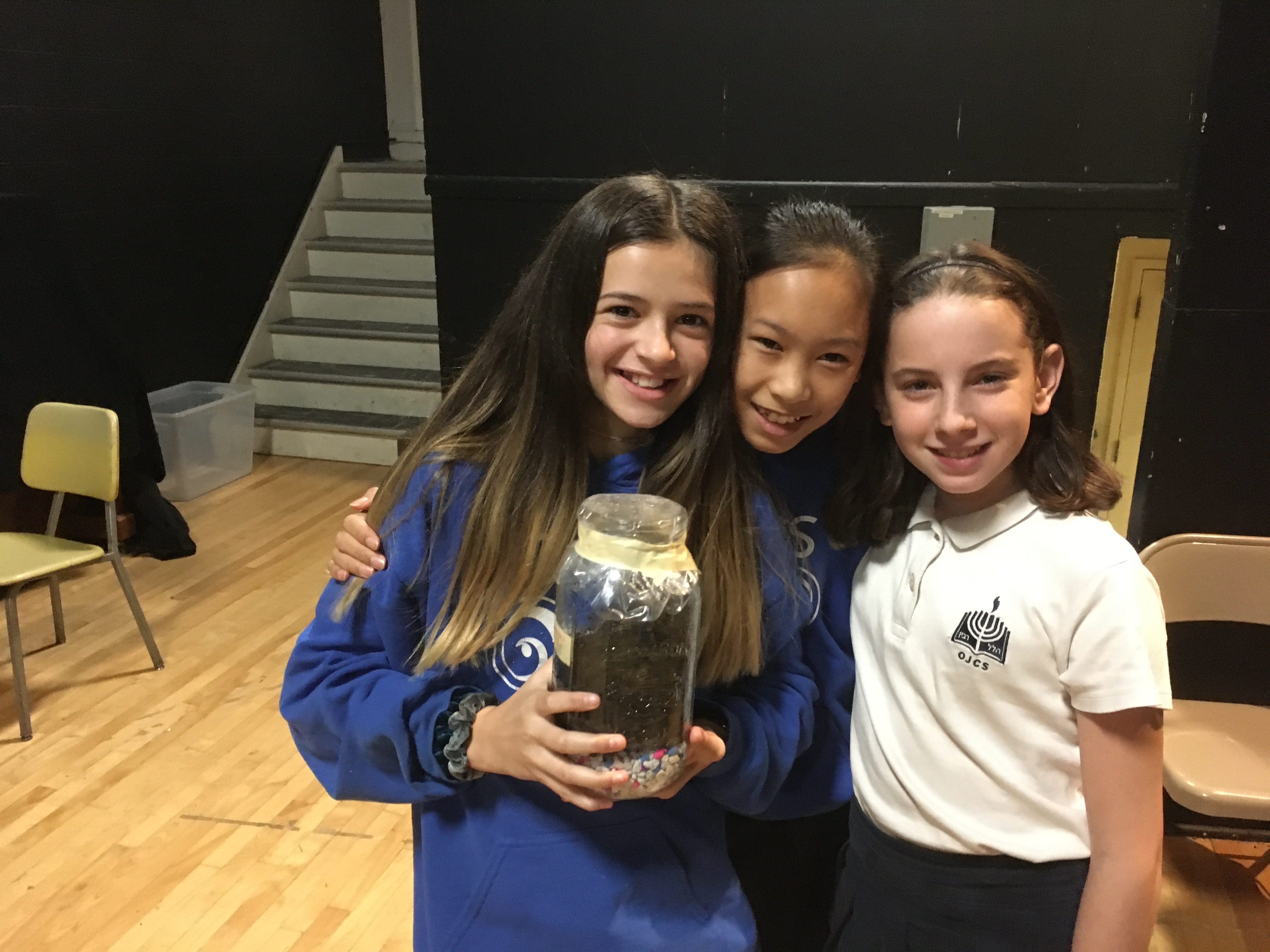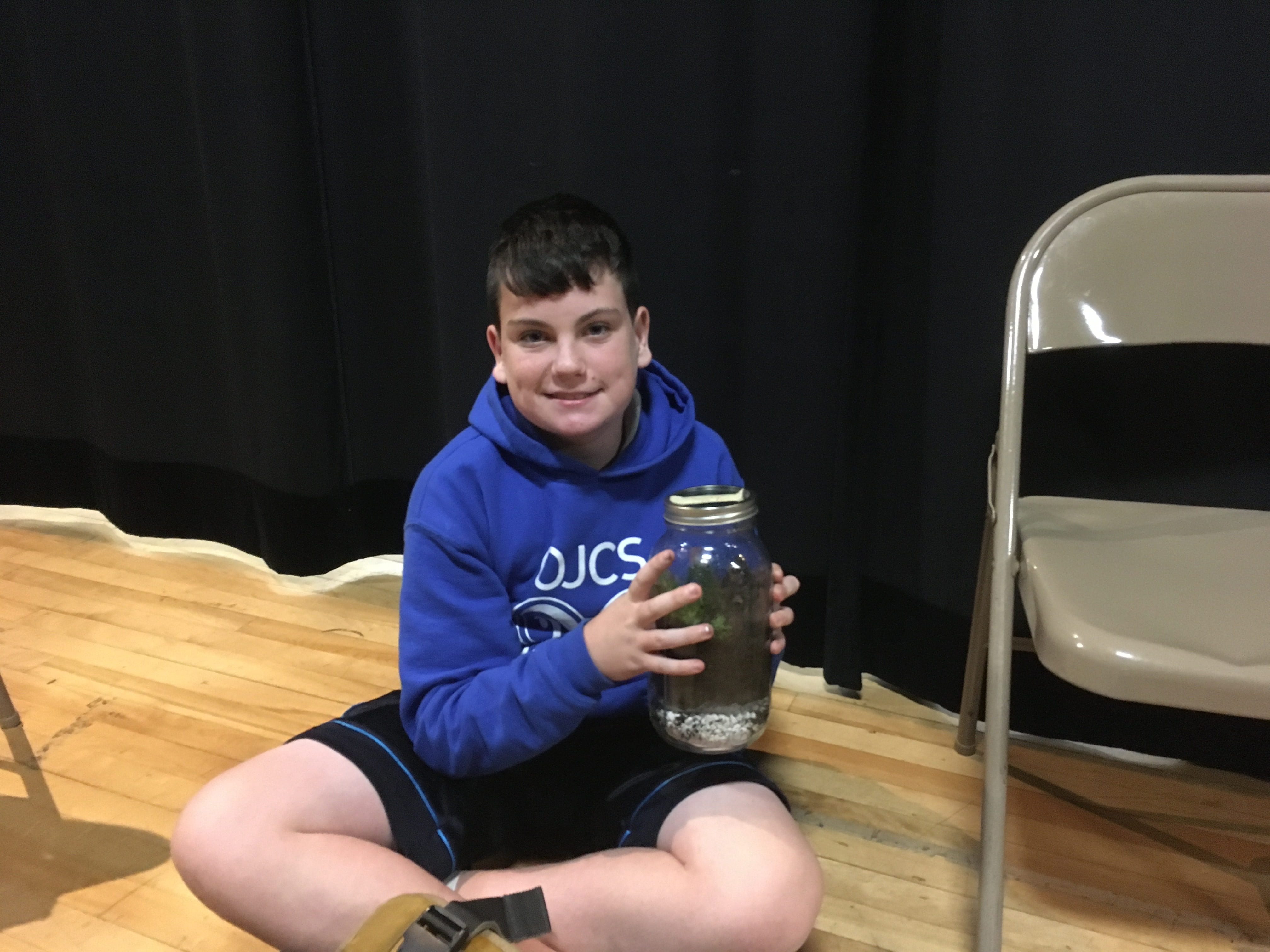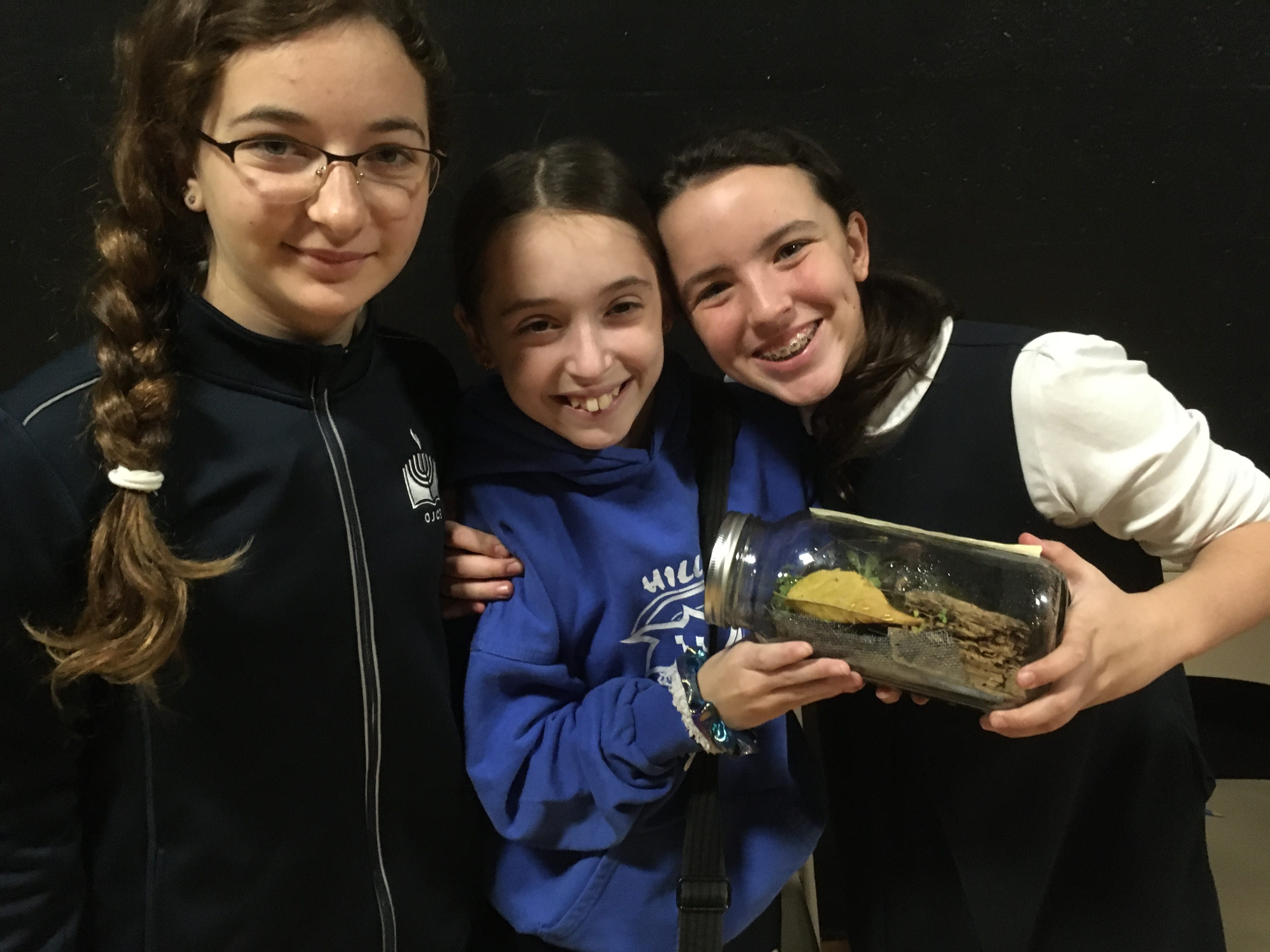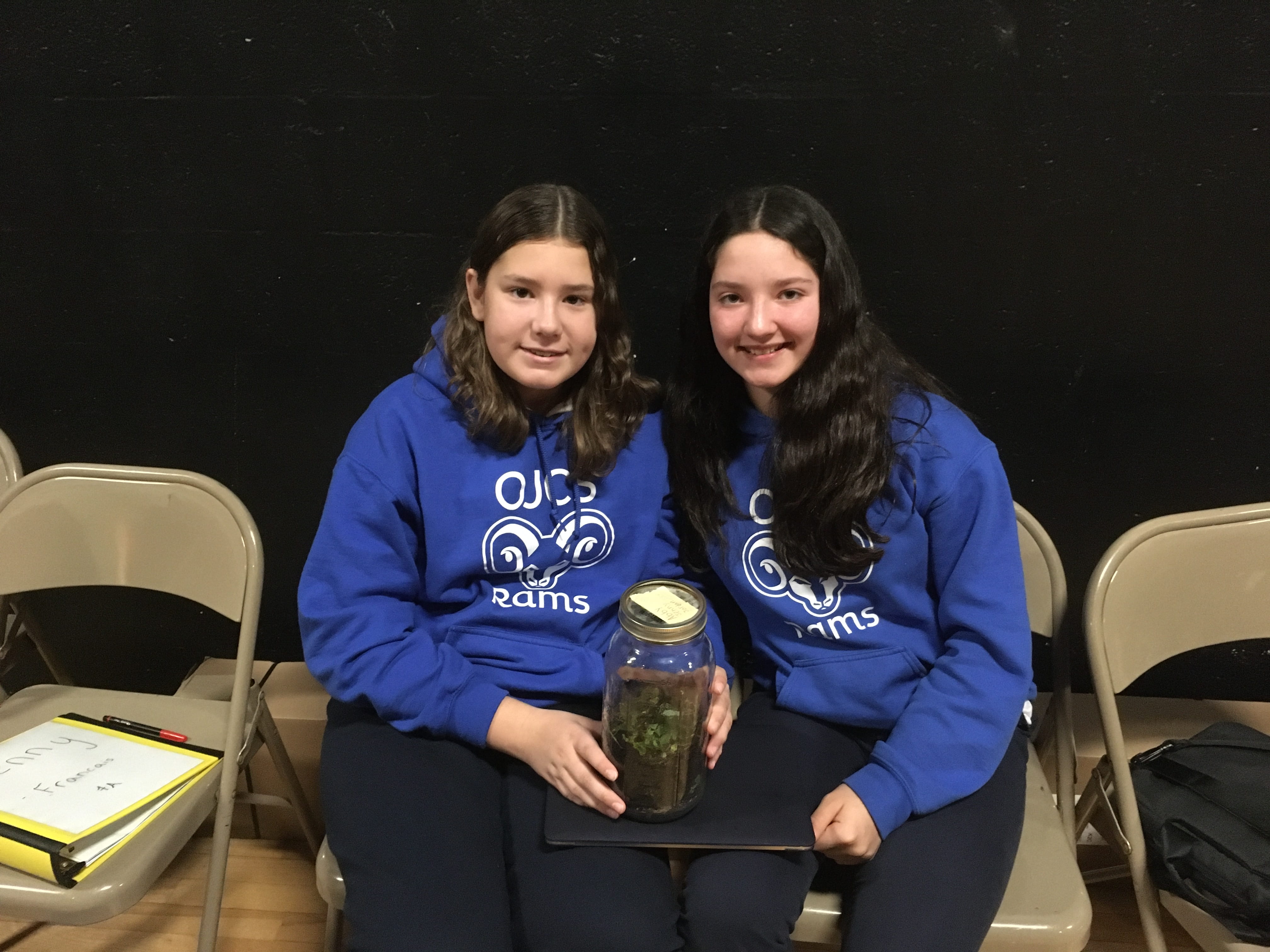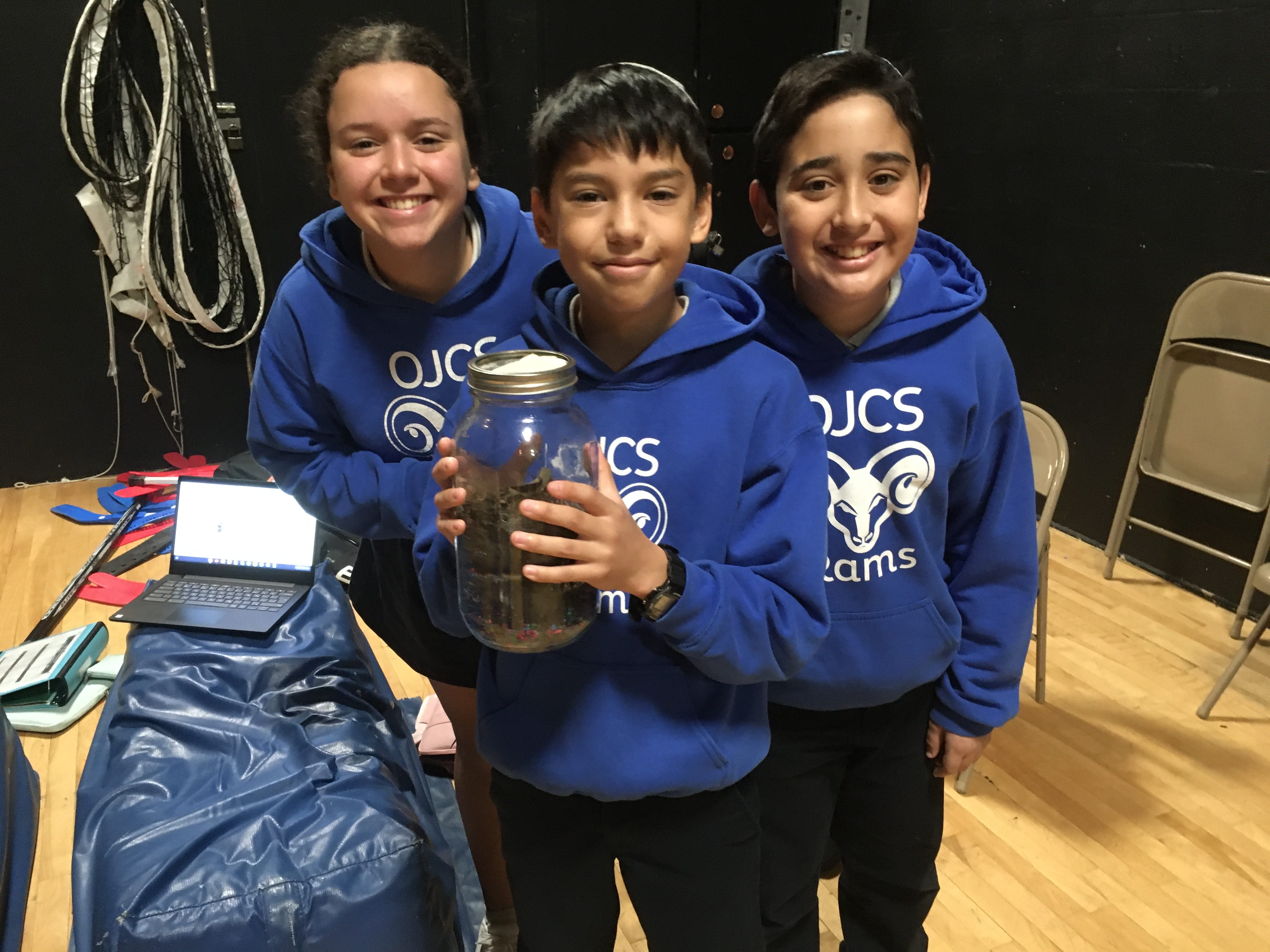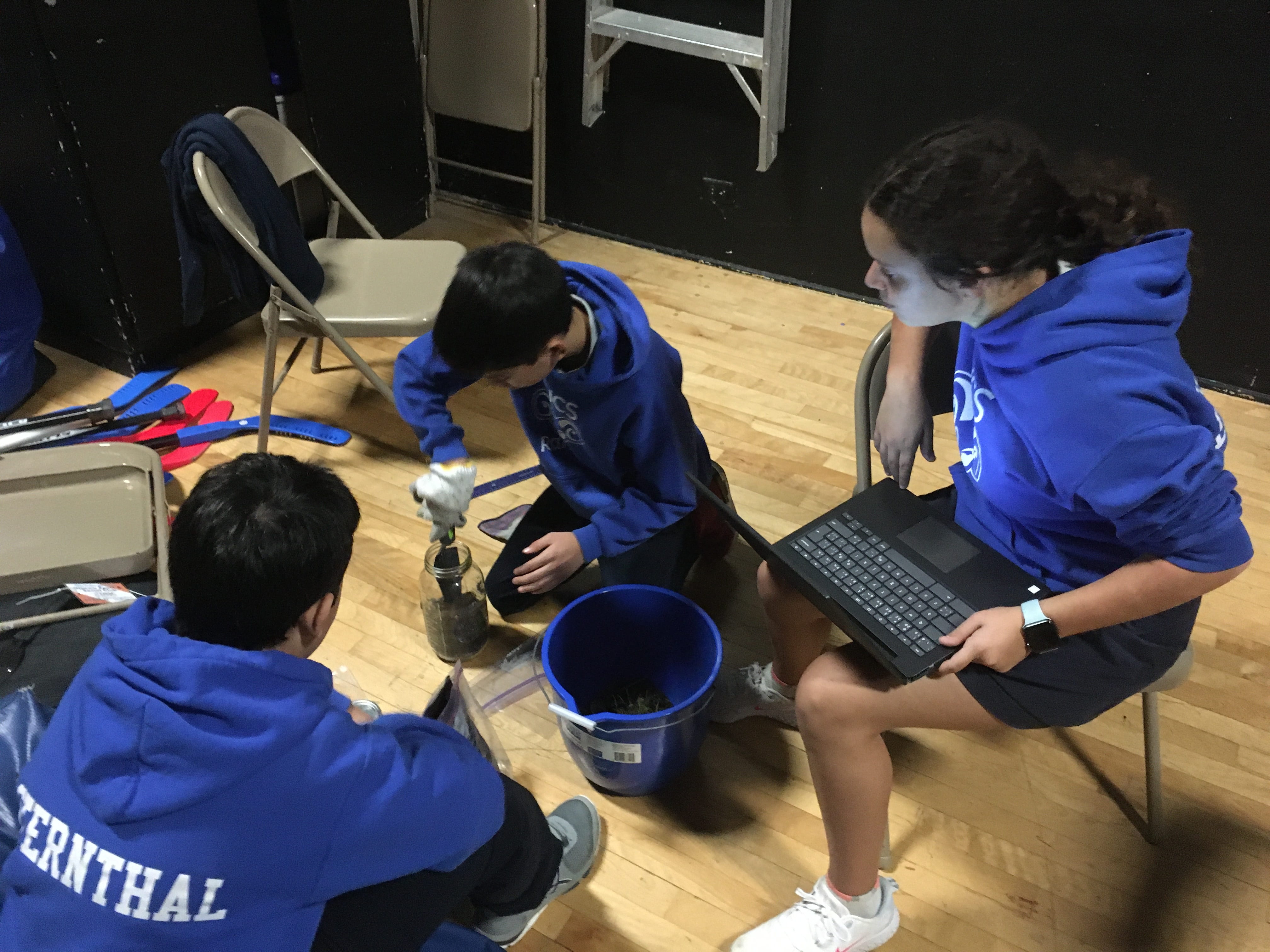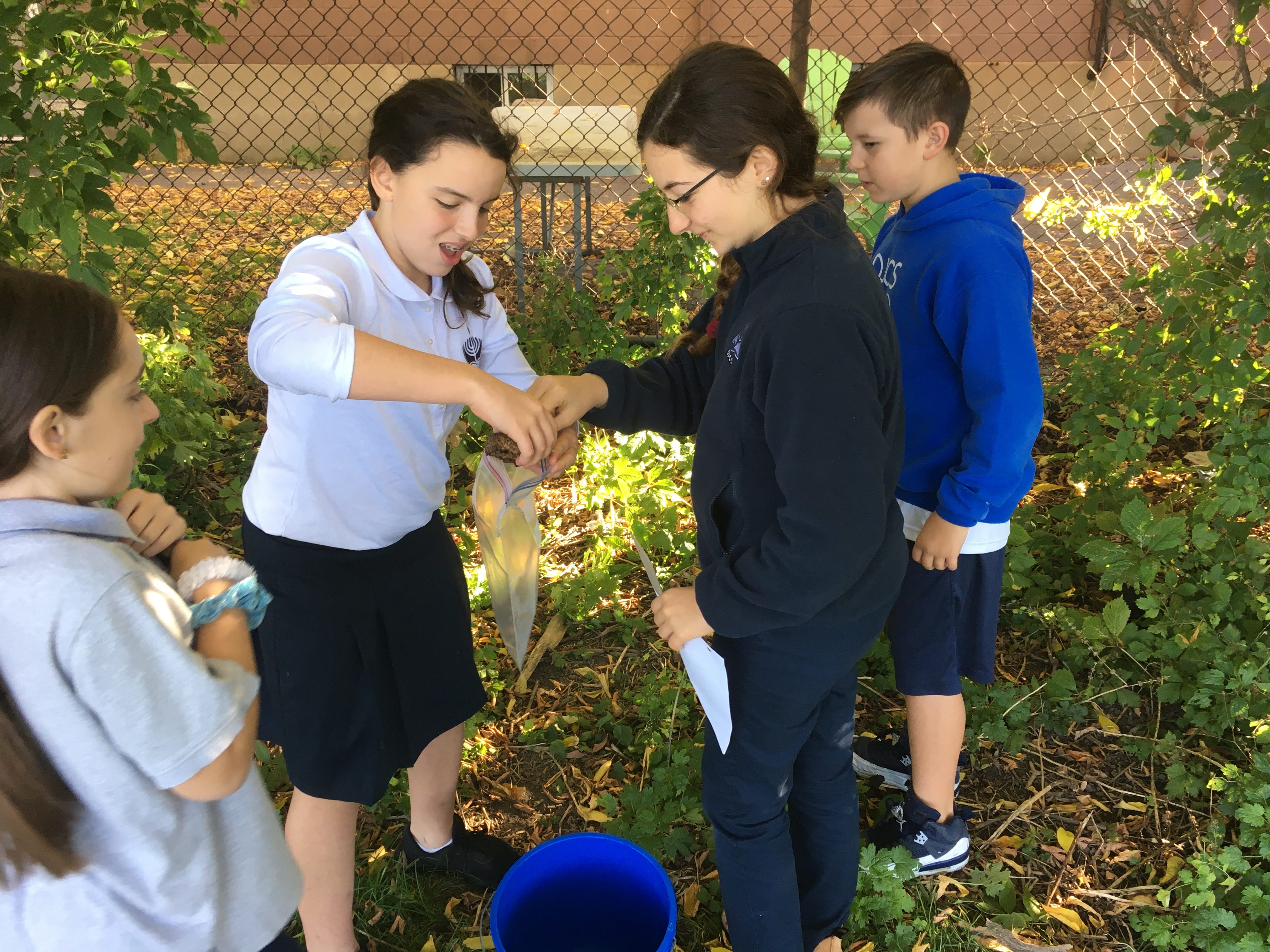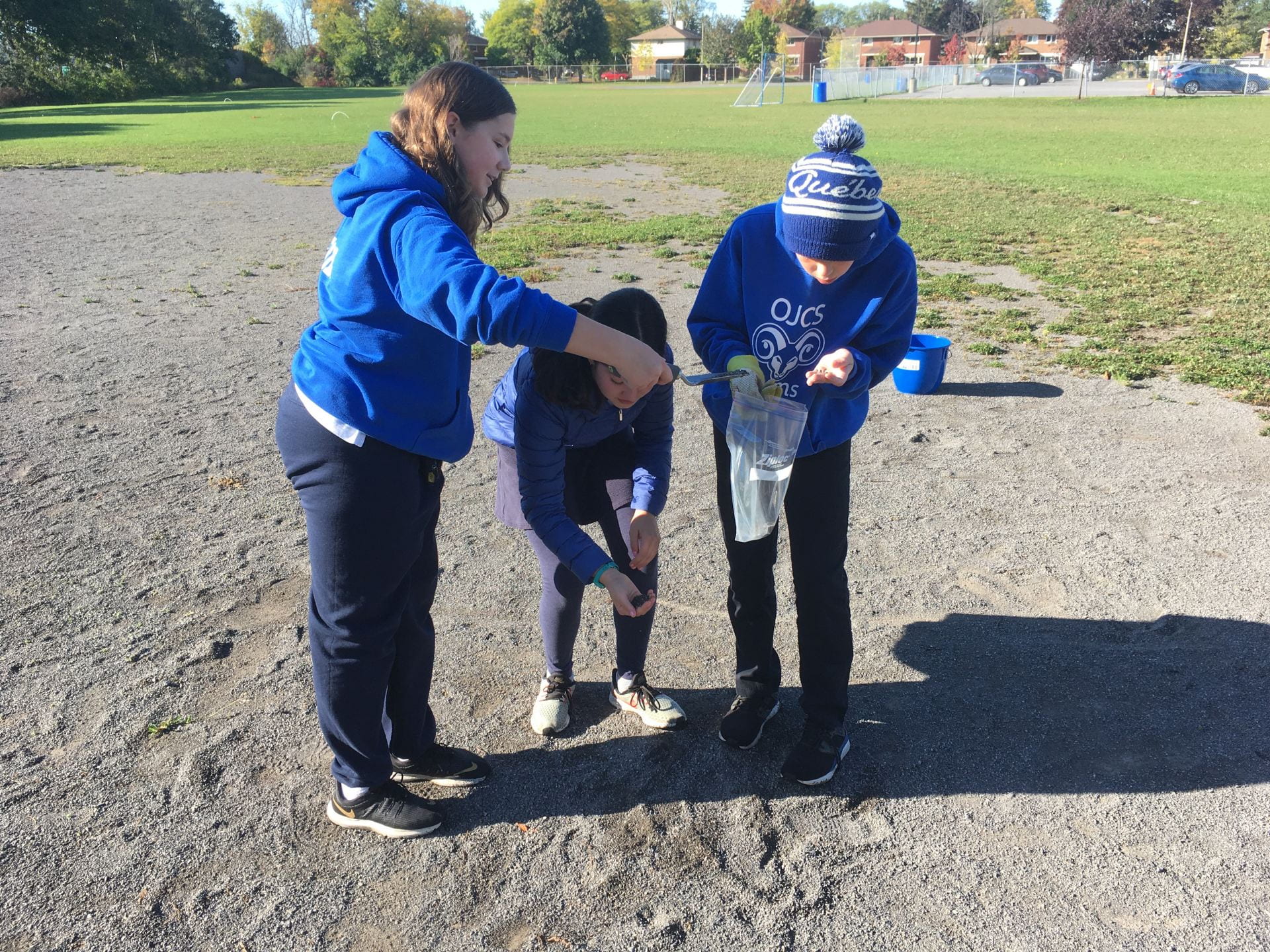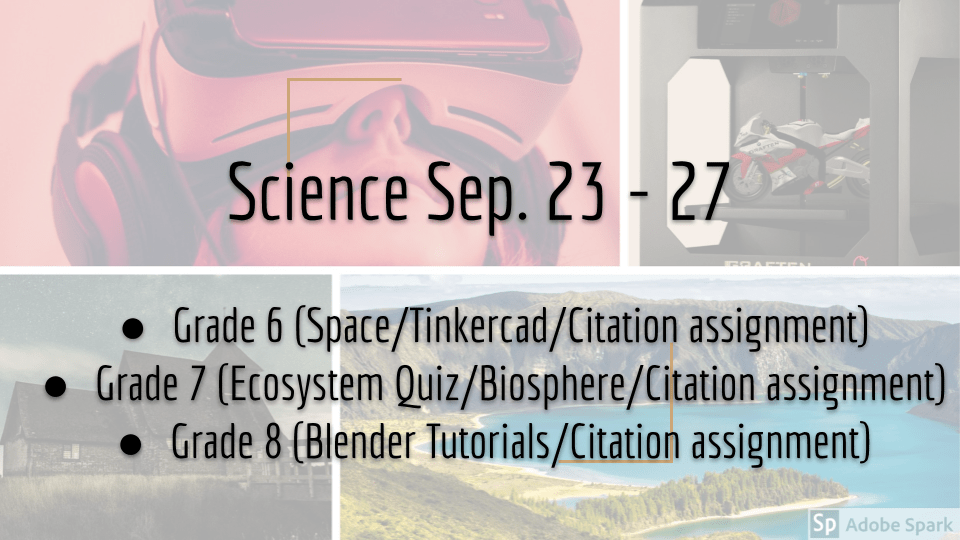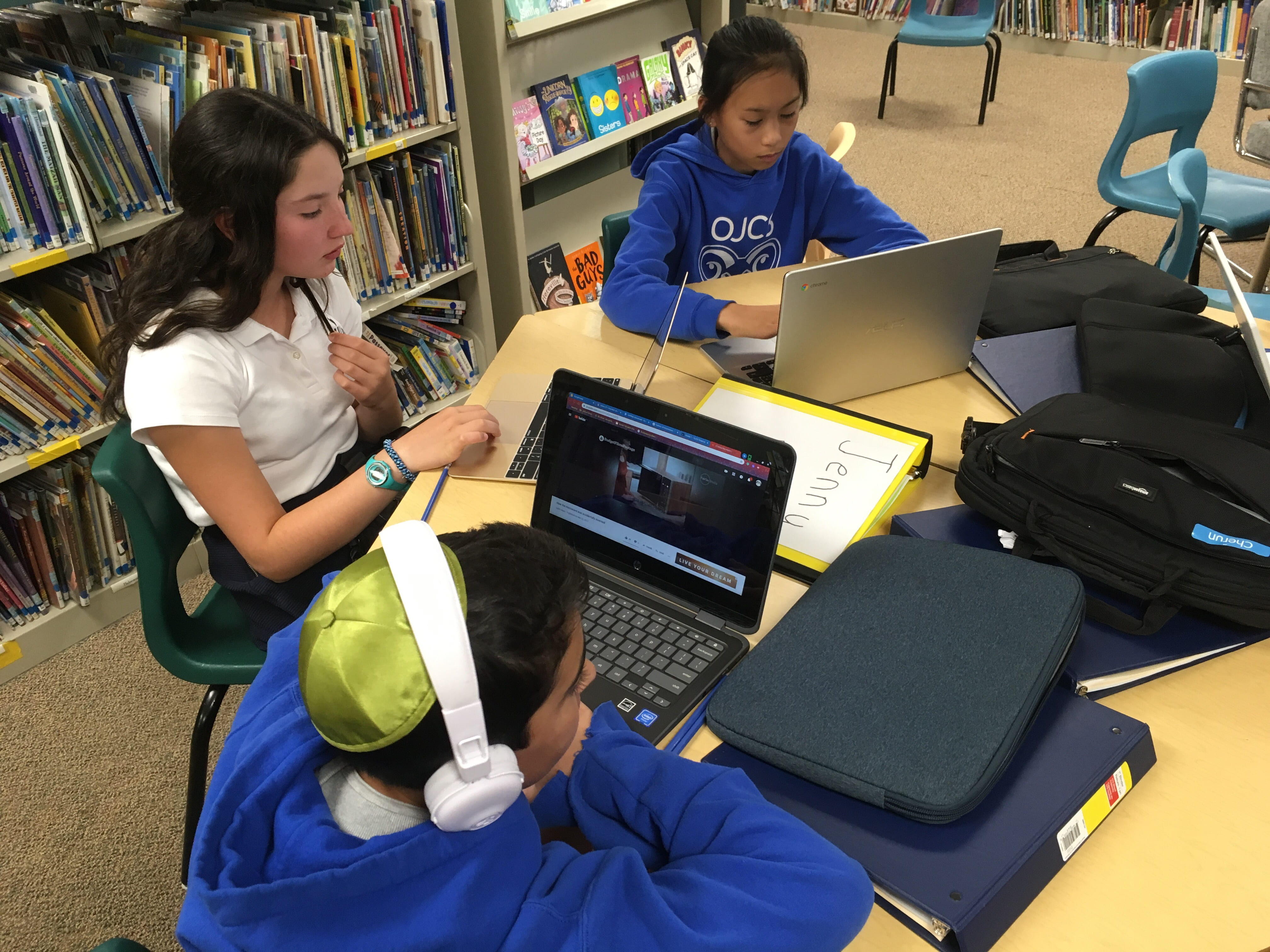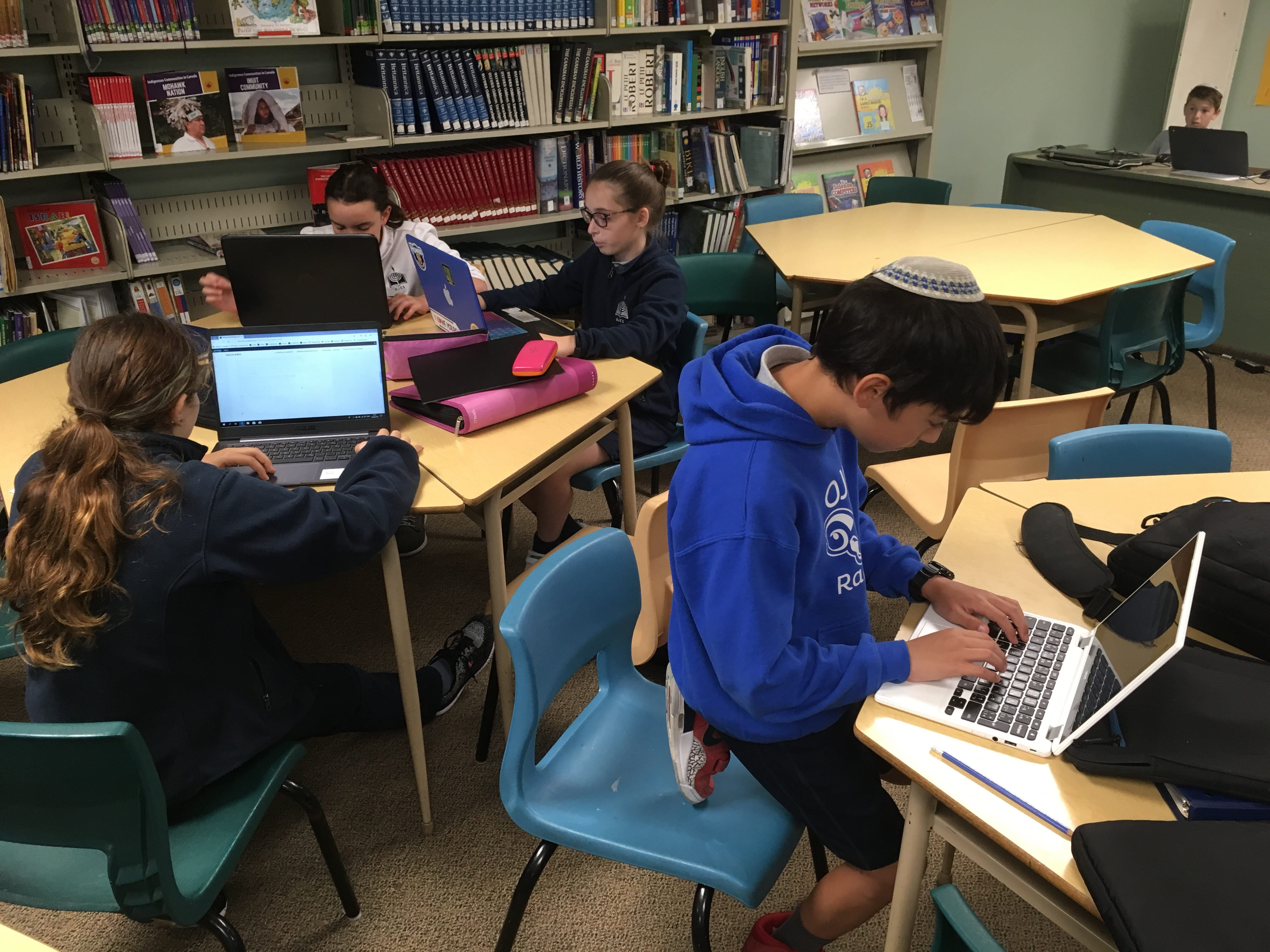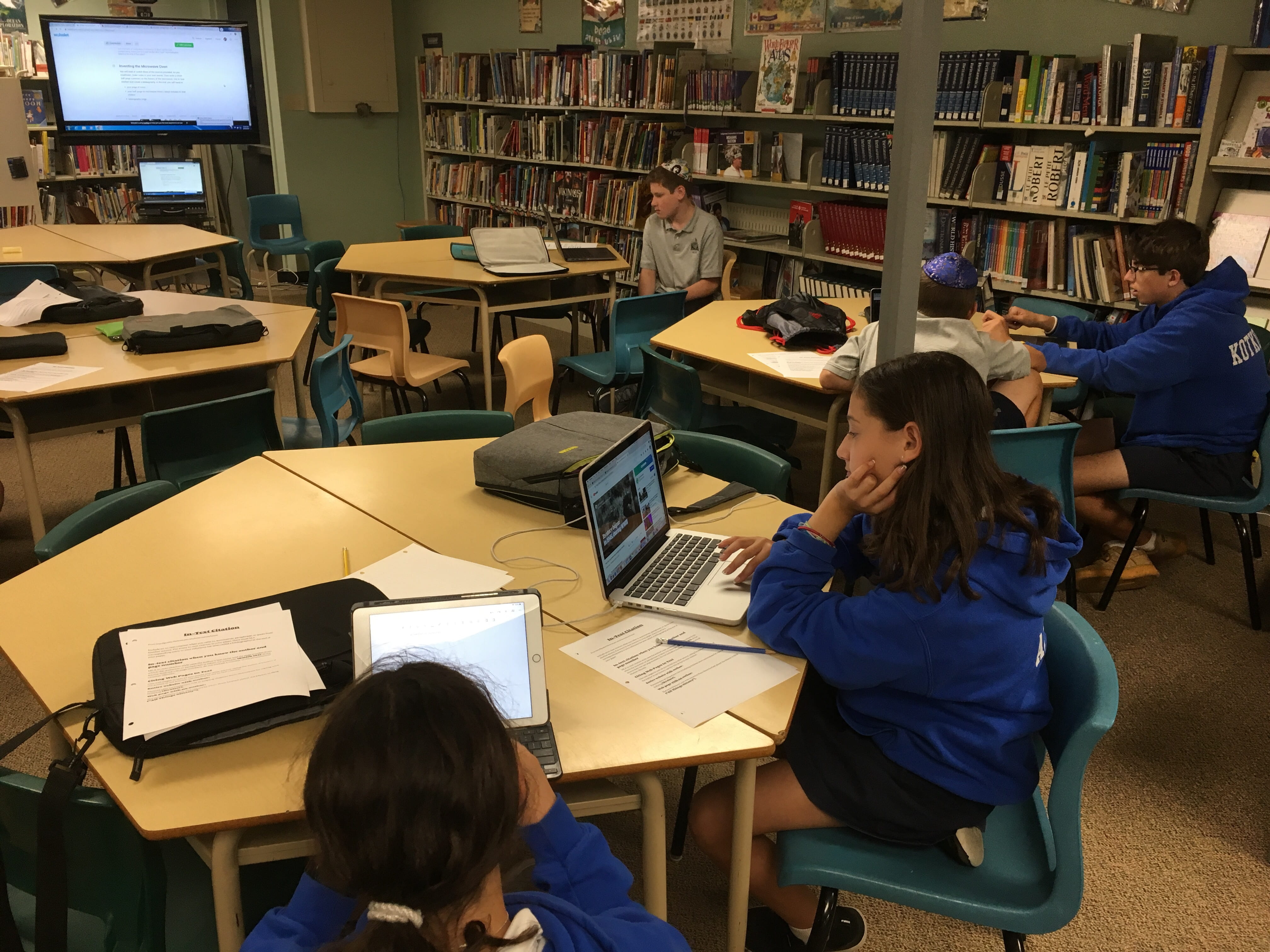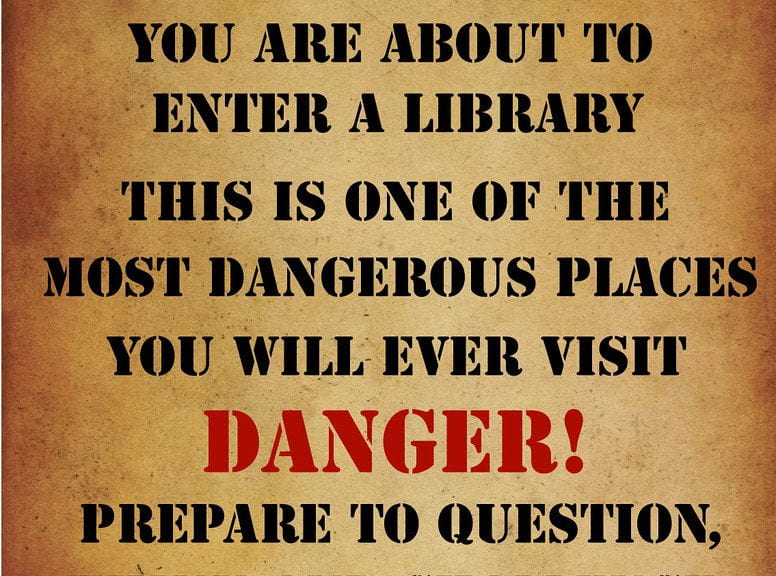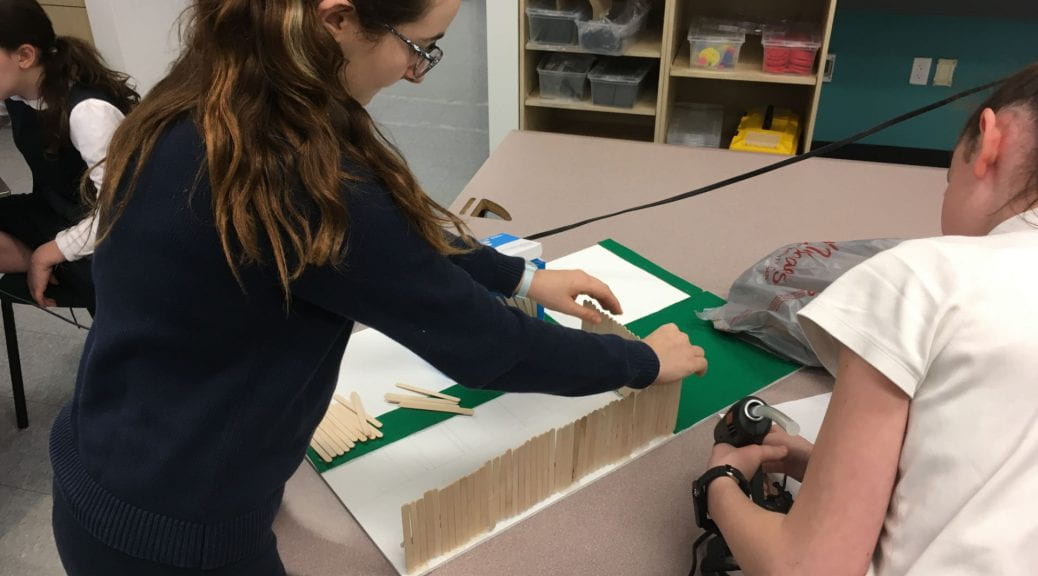
Grade 7 Genius Hour Projects
Sarah – A dollar makes a difference
https://www.instagram.com/dollar.makes.a.difference.2020/
https://monkeydoodle2000.wixsite.com/donate
Noam – Making a car using Arduino
Brandon – Make a new Gym Game
Jenny – Recyclophones
Yamaya – Eco Friendly Home
Hello, my name is Yamaya, and in class we have a project that allows us to research anything we’re passionate about. This is really cool! For genius hour I will be researching and designing an online and physical model of an economically friendly home. I will be learning about Home Design Websites, taking an interview with a family that I make up, and making them an eco friendly home that they will love and thrive in. This will be better for the environment and a healthier solution for the earth as well. At the end of this project, I will also have a physical cardboard model of their Eco- Home. I chose this project because I am very passionate about Home Design. I think that designing a structure for humans to live in is fascinating. I also care about the environment and I believe that homes should be made out of more natural materials. My project will be successful if I finish all of these steps on schedule. It will also be successful if more people actually start to use eco friendly materials to make a home. I hope that you were inspired about my idea, let’s save the earth together!
Maayan – The Perfect Horse Environment
For my genius hour project I chose to learn about horse farms in the world. Horses are beautiful and smart animals and I think they deserve to get an environment that would be the best for them. I also think that all the animals big or small need to be in a place that adjusted to them. My project will become a success when people start to design their pets’ environment to be perfect for them.
I learned about how climate can affect horses: the way they eat and the way they look. Climate also affects the way that people build their farms. I learned that it is very important to think about the horse’s comfort before the rider’s because if you will not do it the horse can be heart. I also learned about types of horses and the similarity and the difference between them.
I learned about the design of horse farms around the world.
>What Steps That I Took:
The steps that I took was that first I made a schedule for how I’m going to do this. After that I wrote my research planning and I started to work.
I started with the internet research, after that I interviewed my aunt Tal.
After that I did the book research and the bibliography.
> What Mistakes And Challenges I Faced:
The first challenge was the language.
The second challenge was to find good pictures and check that they are from the right place.
The third challenge was to set a time to talk with my aunt because she lives in Israel.
Making:
What I’m going to make:
- Make a real small model.
In my farm:
In my farm I want A close arena with air conditioning for hot and cold days. I also want a big pasture for horses, an open arena and big stables. In addition I would like to have in my farm the best saddles and bridles types. I also want to create a training plan for the horses. I would like to have 10- 15 horses in my farm. On the farm I would also like to have hay and the tools to move it from place to place (tractors and more…). Also it is important to have in the farm some space to sit in for the guests.
How am I going to make it?
I would take big cardboard for the base of the farm.
I would take something in a half circle shape and use the art elective technique to wrap it with tape and then color.
I would like to use skewers to build fences and more, I would use cardboard to build the walls. For saddles and bridles I would print picture, laminate them and stick them to the wall. For hay I would use corks and print the picture and wrap the corks. For horses I would use my little sister’s horses toys. For tractors I would use my little brother toys. And for sits I would use printed and laminated ones.
Ruben – Charity Website
My Genius Hour project is making a website that helps you find good charities to donate to for climate change and pollution. I chose this because I think it is important that the problem of climate change starts to pass. On my website, there will be a description of why you should donate to that charity and what that charity stands for. For my research, I learned how to use Wix website creator. I thought this was important because if I want to make a website I have to learn how to. Another website I used for my research was how to make your website more popular. I thought that that was important if I want to learn how to get my website to have a lot of traffic on my website. The last website I used was a website that is like what I am going to make. I thought it was important to use this because it could give me inspiration when I am making my website.
Jacob – Making my own headphone case
Jordan – 3D printed Rubik’s Cube
